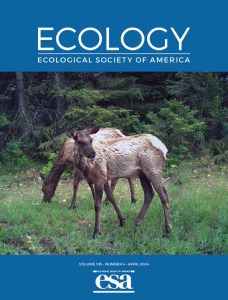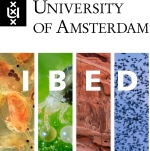Antoine, P., Wieringa, L.N., Adnet, S., Aguilera, O., Bodin, S.C., Cairns, S., Conejeros-Vargas, C., Cornée, J., Ežerinskis, Ž, Fietzke, J., Gribenski, N.O., Grouard, S., Hendy, A., Hoorn, C., Joannes-Boyau, R., Langer, M.R., Luque, J., Marivaux, L., Moissette, P., Nooren, K., Quillévéré, F., Šapolaitė, J., Sciumbata, M., Valla, P.G., Witteveen, N.H., Casanova, A., Clavier, S., Bidgrain, P., Gallay, M., Rhoné, M. & Heuret, A. (2024) A Late Pleistocene coastal ecosystem in French Guiana was hyperdiverse relative to today. Proceedings of the National Academy of Sciences 121, e2311597121. DOI: 10.1073/pnas.2311597121









